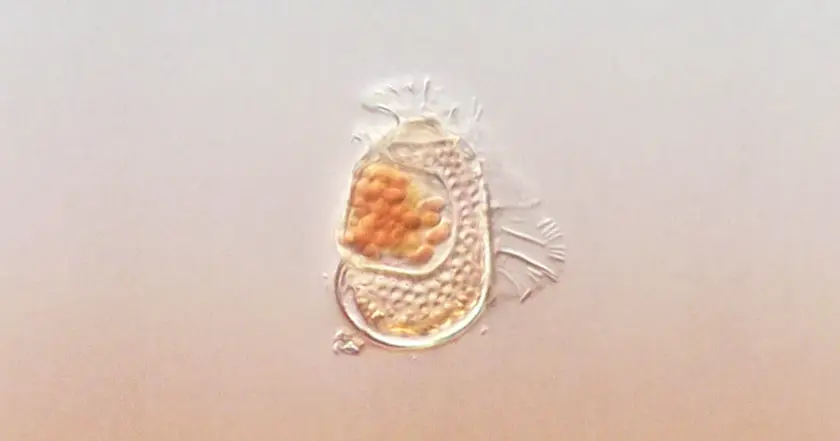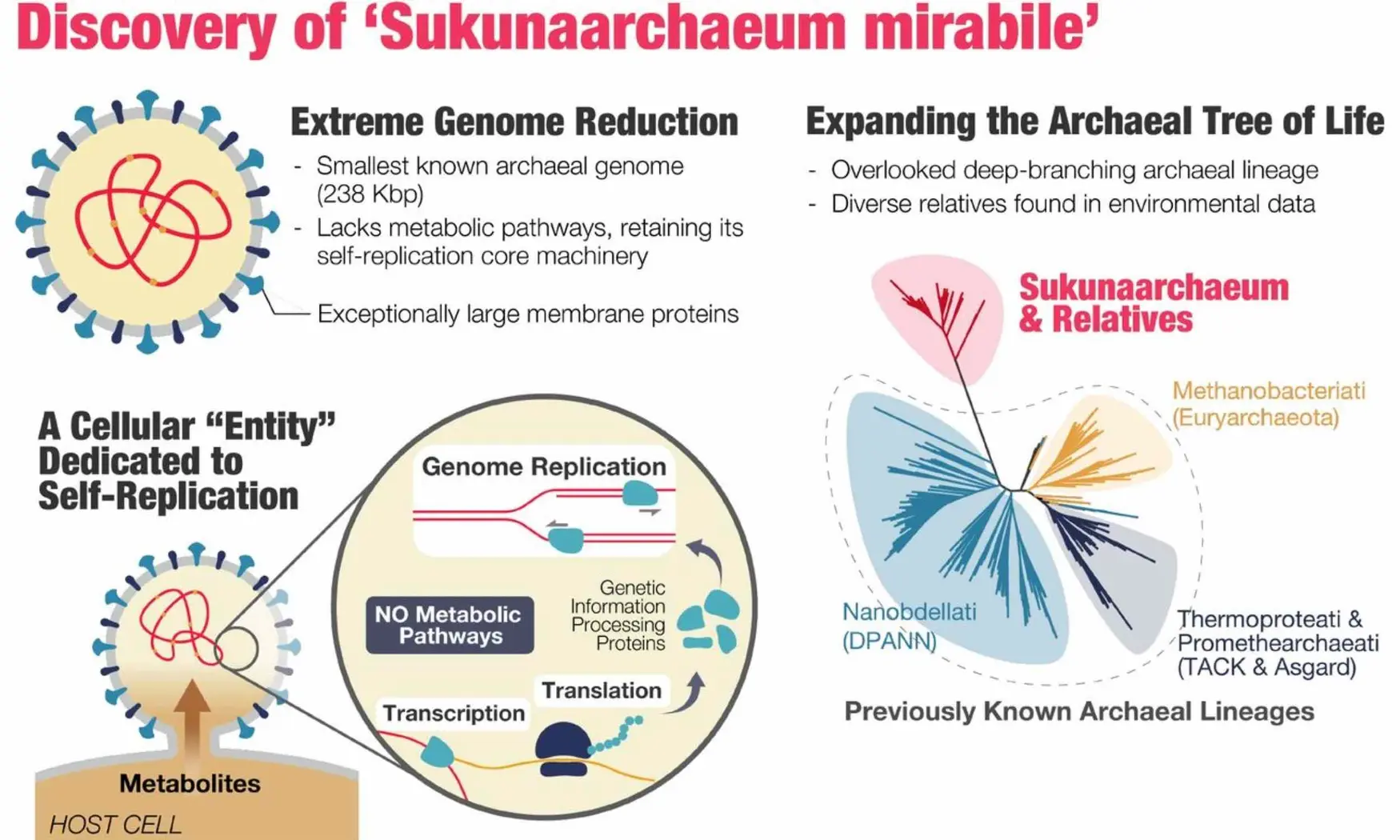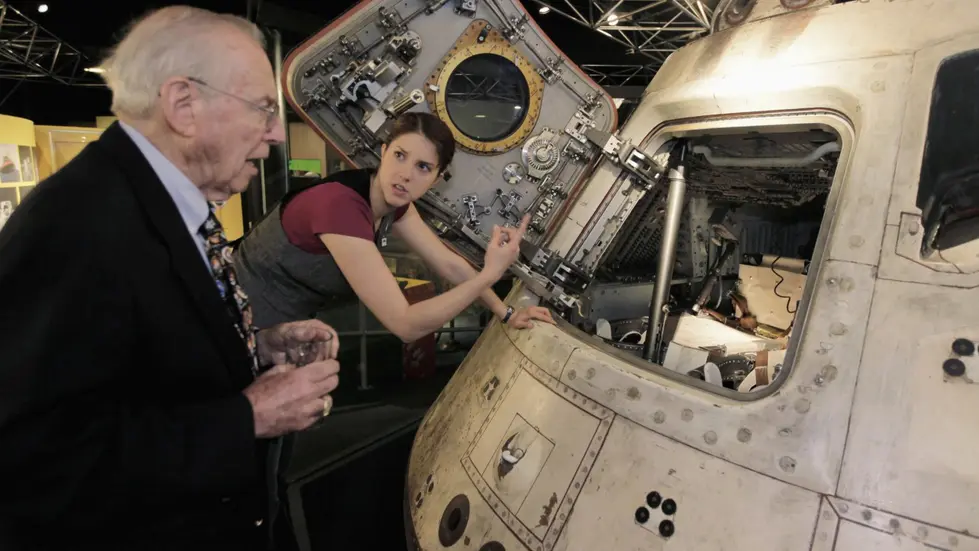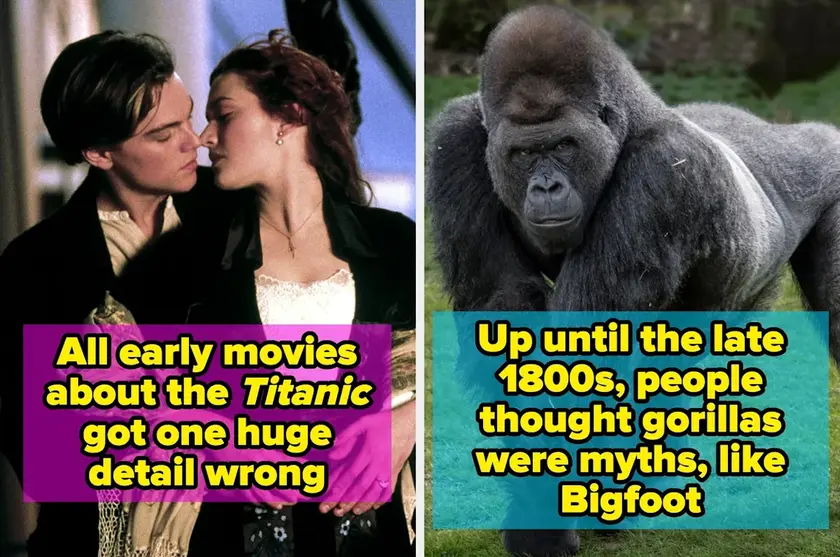T4K3.news
Life definitions under debate in space science
Astrobiologists weigh how to define life and what signs to look for beyond Earth.

The piece examines how scientists struggle to define life and what that means for exploring beyond Earth.
Redefining life tests astrobiology limits
Defining life is harder than it seems. Scientists point to viruses, parasites and tiny microbes that fit some rules of life while breaking others. A microorganism with an extremely small genome challenges the idea that life must be able to reproduce or metabolize on its own. The discussion also questions NASA’s broad definition of life as a self sustaining chemical system capable of Darwinian evolution, and whether that standard helps or hinders space missions. The piece argues that life may be a process rather than a fixed object, making the search for life in space more about anomalies than a simple checklist.
As we plan missions beyond Earth, experts warn we should not lock our search to familiar life forms. Earth life is only one example, and our view may miss alien forms. The debate shows how much we still do not know and why clear definitions can be both useful and limiting for exploration.
Key Takeaways
"A self-sustaining chemical system capable of Darwinian evolution."
NASA's broad criterion mentioned in the article.
"life is more like a verb, more of a process than a thing."
The article's metaphor about life as a process.
"We should focus on anomalies that may turn out to be alive."
Philosophical approach urged by Cleland.
By widening the lens, scientists acknowledge that life might show up in forms we have yet to recognize. The piece invites humility and a philosophy of openness rather than a rigid checklist.
In practice, this could reshape how missions are planned, how discoveries are interpreted, and how we teach students about what counts as life.
Highlights
- life is more like a verb, more of a process than a thing
- A self-sustaining chemical system capable of Darwinian evolution
- We should focus on anomalies that may turn out to be alive
- Viruses blur the line between life and nonlife
Unclear life criteria may affect missions
Ambiguity in what counts as life could influence how future missions are designed, funded, and interpreted when signs of life are found.
The search for life will keep expanding our science and our curiosity.
Enjoyed this? Let your friends know!
Related News

Microbe redefines life boundaries

New Research Reveals Cells May Have Memory

NASA-funded study retracted by Science journal

Stranger Things stage show connects to new season
Astronomers discover planet reminiscent of Avatar

SpaceX Dragon footage fuels round Earth discussion

Mars reef like rock reveals natural formation

Lovell obituary highlights space leadership
